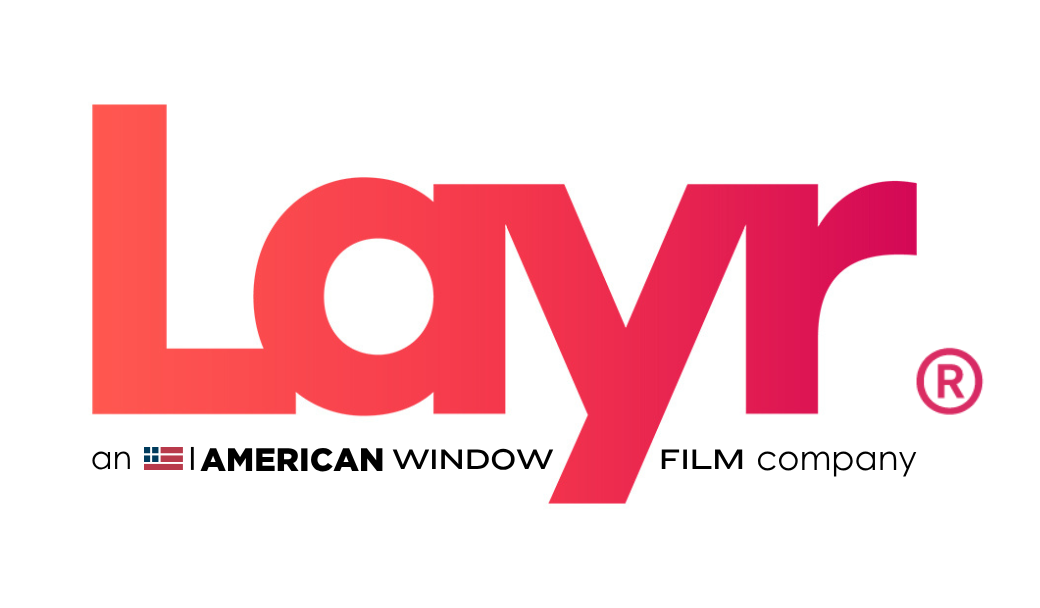
Many individuals and organizations talk about their commitment to going green. The modern Green Movement started in the 1960s, but the Sierra Club, the world’s largest grassroots organization was founded before that, in 1892. With ever-unpredictable summers and winters, eroding coastlines and rising sea levels, it has become apparent that mankind’s treatment of the earth must adapt. Lots of organizations talk the talk when it comes to their green efforts, but do they walk the walk?
While we know that change must occur, Western Civilization is to a certain extent set in our ways; airplanes, fast cars, attractive buildings, wondrous skyscrapers. We are not ready to give up all these great developments that provide such value to our lives, nor should we be. Therein lies the trade-off between comfort and aesthetics and green or sustainable; not all of us are ready to ditch air-travel, get a Prius, or invest in commercial energy conservation measures with unattractive payback periods.
There are certainly plenty of companies making great change in the world with their environmental policy, though many still lag behind significantly. Window film represents a massive opportunity to those seeking to reduce their carbon footprint, while considerably lowering operating costs. They too can begin walking the walk.

Window film is a sustainable option for reducing costs
Technological advancements continue to bring down the costs of achieving these goals, providing a win for those seeking their aesthetic cake and to eat it (ROIs) too. Sun control and climate control (Low E) films are an incredibly underutilized resource that should be as much a part of energy consumption reduction efforts as any other method.
Here in New York City, we at Layr have recently observed the passing of Local Law 97, which mandates that all buildings 25,000 square or greater feet must lower their greenhouse gas emissions by 40 % by 2030. If your state or local government has enacted similar mandatory performance standards or not, it is only a matter of time when these regulatory winds turn into a storm for the unprepared.
Most sensible facility managers are ahead of these efforts. Discovering that working with energy auditors and integrators will not only help achieve these goals, but actually save them enough money in energy reduction to help pay for the projects.
Window films have evolved from traditional products that have dark and highly reflective aesthetics, to a modern product suite: some with virtually undetectable clarity with amazing performance. Films are manufactured by global companies like 3M and Llumar and sold and installed through dealer networks, which can be local or regional. There are a wide range of options, and a dealer / installer like Layr can help pick out the right film for your building. Products are installed by certified professionals, warrantied by the manufacturer for 10-15 years, and installed on glass for $6-15 per square foot, a small fraction of the cost of glass removal and replacement. Many films can qualify for LEED credits, work towards WELL certification, and may be eligible for prescriptive utility rebates.
Using window film as part of your facility’s overall strategy will ensure you are staying ahead of the storm of carbon credit exchange, penalties, and fines. Lower your carbon footprint, improve employee comfort by reducing excessive heat, glare and draftiness, and keep on the cutting edge of energy efficiency.
You are also walking the walk.
